Acclaimed US balloon manufacturer and balloonist Bert Padelt talks with Sitara Maruf about the Torabhaig Atlantic Explorer Gas Balloon which he will copilot with Sir David Hempleman-Adams, a renowned British explorer and balloonist. Dr. Frederik Paulsen, a Swiss explorer, scientist, and entrepreneur who sponsors the flight, will also join them on this epic journey. They are likely to take off in the coming weeks, provided they get a good weather system for launch and across the Atlantic.
Bert Padelt shares the details with Sitara Maruf.
Sitara Maruf: Thank you very much for granting this interview, and congratulations on the preparation for such a great flight. So, what is the status for the upcoming launch?
Bert Padelt: Thanks a lot. Well, things are in place and ready to go, and I feel comfortable where we are at this point. We have all the equipment in order. On the day of the launch, all pretty much we will have to do is charge the batteries and that kind of thing. We’re still waiting for the weather. The Atlantic Ocean has been very active with tropical storms and hurricanes and so things are very unsettled, but the meteorologists are assuring us that things will start to settle out as we move into October. And, so, we’re being very optimistic that we’re going get a weather system that’s going to work, and we just have to be patient. Towards the end of next week there is a nice high pressure that’s building up in Maine, that they’re keeping a close eye on. So, we’ll see what happens.
Sitara Maruf: Will it get colder?
Bert Padelt: It will, and the nights are going to get longer. That’s the only disadvantage. But, you know, I’ve done a lot of gas flying in the fall and winter timeframes where the nights are longer. It doesn’t really concern me that much. And yes, I am very conservative when I fly, and I’m looking at this flight the same way. If we don’t have the right weather system, it makes no sense to take off. We certainly won’t fly until we get that weather system.
Sitara Maruf: Could you please share some specifics of the balloon?
Bert Padelt: Yes. It’s a hydrogen gas balloon. The material is a four and a quarter ounce per square yard nylon taffeta fabric and we needed 1,200 yards. The volume is 90,000 cubic feet. We most likely will not be putting that much hydrogen in the balloon when we inflate it. It depends on the first day’s flight level. Let’s say the flight level is 8,000 feet on the first day, so we may be putting only 85,000 cubic feet of gas. Our sand ballast is 4,800 pounds and drinking water is 26 gallons, some of which could also serve as ballast. The basket is 72 inches by 60 inches wide.

Sitara Maruf: And the hydrogen inflation will begin after you come to know about the suitable weather window for the launch?
Bert Padelt: Yes. The hydrogen is in place and the equipment is stored in a building just around the corner from the launch field. Everything will be easily transported to the launch field on the day of the inflation. The conditions that we need to launch and fly across the Atlantic, we’ll probably know within three days of the launch. So, we’ll have roughly about three or maybe two days to get everything ready to go.
Sitara Maruf: Wonderful. I hope you’re getting some rest now.
Bert Padelt: I am. You know, it’s been a lot of work up until this point and there’s been a lot of key things that had to come together to make this work. And at this point, the last key to the puzzle is the weather. Unfortunately, we don’t have any control over that, but that’s pretty much where we stand at this point.
Sitara Maruf: And the weather will have to be fine all the five days across the Atlantic, correct?
Bert Padelt: Oh yeah, ideally you know, from a weather standpoint, what we’re looking for is a ridge of high pressure that develops and crosses Presque Isle, Maine. And we would launch into that ridge of high pressure and go to a designated flight level, probably between six and eight-thousand feet, and as the days progressed, fly at an altitude to stay in that ridge of high pressure all the way across the Atlantic.
Sitara Maruf: It seems even more challenging to fly a hydrogen balloon in an open basket, across the Atlantic. You’ve been a very successful balloon builder and you have contributed so many great balloons to some epic journeys. So, is it some advancements in materials and technology that have contributed to your decision towards taking this hydrogen balloon flight?
Bert Padelt: Well, to go with helium would be next to impossible for several reasons. One, being able to secure the helium gas, and the other would be the cost. I’ve been building hydrogen balloons for the last 15 years, and we have been flying with hydrogen for some years now. In Europe, they’ve been flying hydrogen for over 200 years and that has always been the choice in Europe. In this country, it is the same now. So, it was a logical decision to go with hydrogen. Plus, we benefit from extra lift with hydrogen.
As for the balloon, it’s obviously designed and built to use hydrogen. The fabric and the load tapes are conductive. Everything on the balloon is conductive and connected so that if there was a static buildup there would be a way for that to be discharged through the construction of the balloon. The obvious biggest concern using hydrogen or flying with hydrogen is avoiding thunderstorms and bad weather. That’s always been the issue with hydrogen, but we will launch by taking a weather window where we will be able to hopefully minimize those risks. In other words, we wouldn’t be launching if there were the possibilities of a storm that we would get into.
That’s not to say that wouldn’t happen, but with today’s weather forecasting and the meteorologists that we’re using are experts at forecasting ballooning weather. Luc Trullemans forecasted the weather for both successful around the world flights. Luc and his protégé Wim De Troyer have done a tremendous amount of weather forecasting for ballooning in general, so, we feel like we have two of the best weather forecasters in the business. And, also, a good friend of mine, Don Day, is a meteorologist that I’ve used for years. Don will be on the sidelines as well, looking at the weather for me. So, I feel very confident that if we get a window of opportunity to launch, we’ll be launching in a good weather system.
Sitara Maruf: Flying in an open basket presents more challenges compared to flying in a capsule.
Bert Padelt: Well, all of the gas ballooning I’ve ever done over long distances has always been in an open basket. This basket that we’ll be flying with has a rain cover that comes down off the load ring. We’ll have it down at night even if it’s not raining because it will be able to retain some of the heat in the basket. That should make it about 15 degrees warmer in the basket than outside air temperatures. I’m thinking possibly our coldest temperatures could be somewhere near five to zero degrees Fahrenheit at night at the higher altitudes that we’ll be flying.
Sitara Maruf: What do you see as your biggest challenge? Possibilities of a rogue thunderstorm, updrafts?
Bert Padelt: Yeah. Probably the first 24 hours will tell us a lot because I will have a very good idea of how the balloon is flying after the first 24 hours, after we go through our first sunset.
And if the balloon is flying well and the flight continues, then the challenge becomes the weather itself. And if we were to get into a storm we would certainly have to ditch. And if we were to ditch in the ocean, we do not have a capsule that floats; however, throughout the whole flight, we’ll have our immersion suits on, so in the event that we have to ditch we would egress out of the basket into a life raft, with our immersion suits.
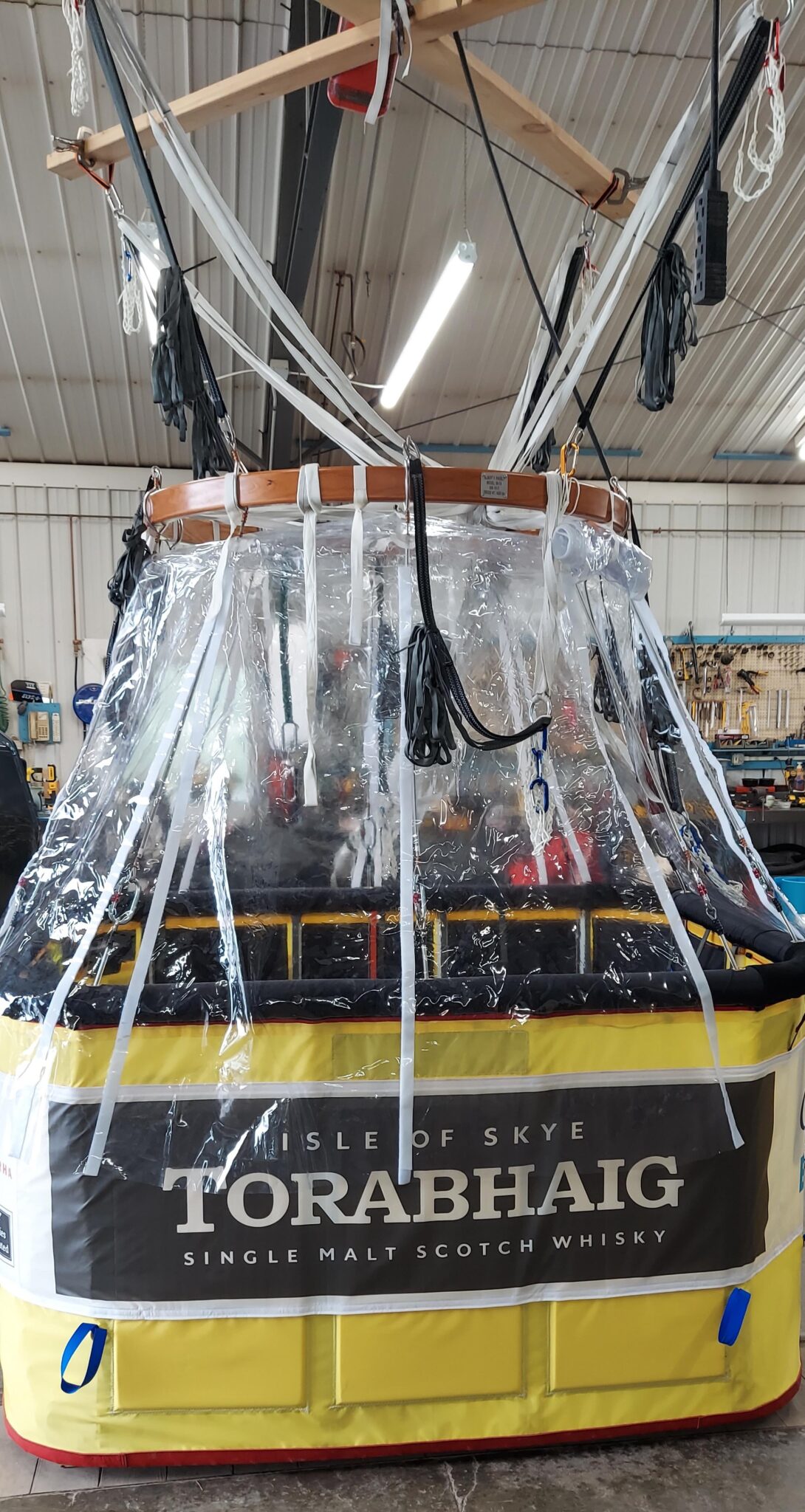

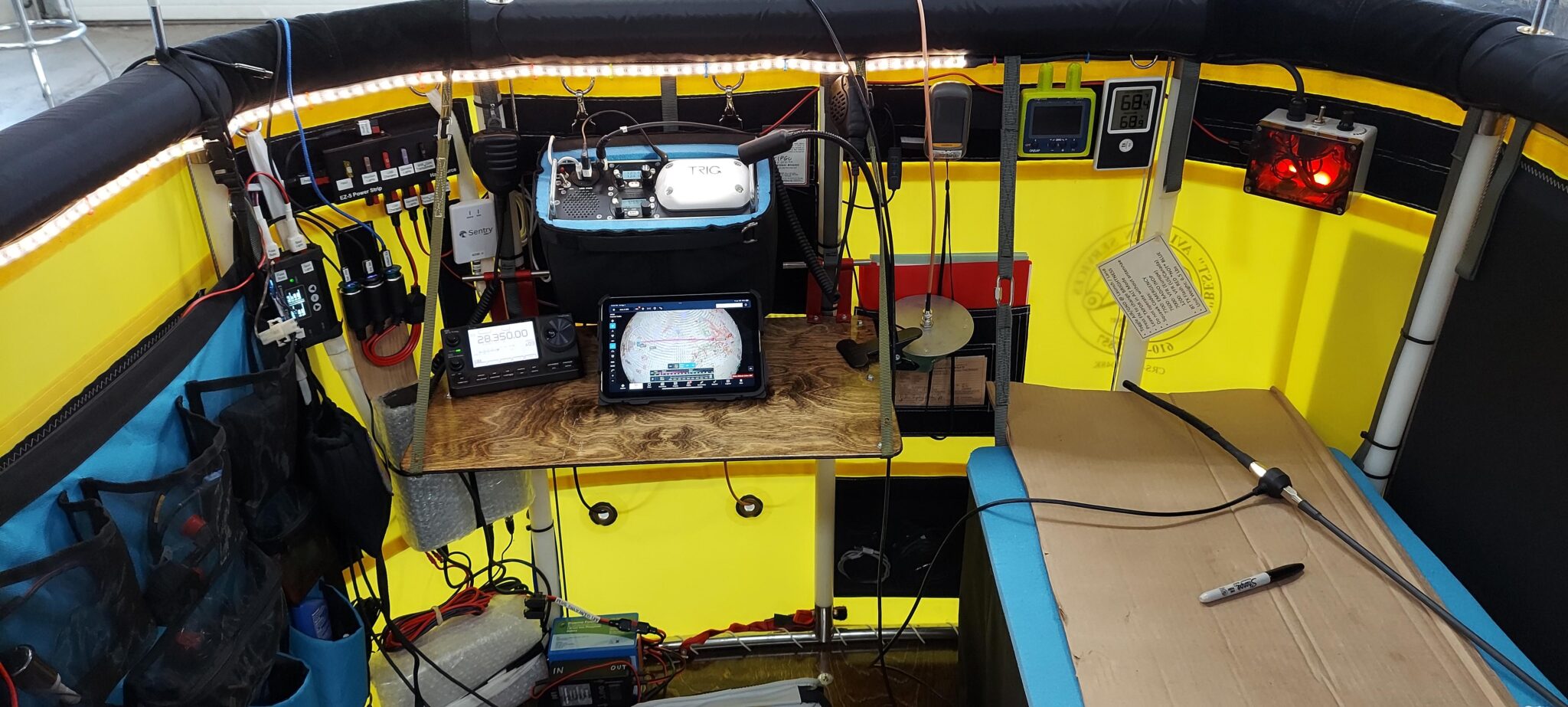
Sitara Maruf: Okay. So, there are enough safety protocols in place.
Bert Padelt: There are. We’re flying with immersion suits, also a life raft that we would be able to egress into. We’re also flying with trackers that give our position and are updated every five minutes. We’ll be in constant communication with our command center, which will be in Bristol, England. We have two satellite phones, and an Iridium GO which allows us to have a satellite hotspot in the basket, which would allow texting through WhatsApp on our cell phones. And, in addition to all of that, each of us would always have a personal locator beacon on us.
Sitara Maruf: One of the challenges in long-distance gas ballooning is to save enough gas and enough ballast till you land. What would be the strategy here?
Bert Padelt: Yeah. That is correct, and so in some ways flying over the ocean is a positive thing compared to flying over land because there are no mountains and there’s no ground effect that we have to worry about. When you fly over land, you always will use more ballast than if you’re flying over water because the balloon is not as stable over land as it is while flying over water. The way our flight profile is designed, and the meteorologists are aware that we’re ideally looking for a weather system that will allow the balloon to fly basically at its new pressure ceiling every day. In other words, we want to be able to climb in altitude every day with the solar heating.
And if we can find a weather system that we naturally climb every day, then the balloon will benefit from a ballast standpoint, and it’ll fly the most efficient that a gas balloon could possibly fly. Let’s say we start out at a pressure ceiling of about 8,000 feet, then we would ballast 10% of our gross lift at sunset. The next day when the sun comes out, the balloon would heat and naturally climb about 2,000 feet. The next night we would keep it at that altitude by ballasting off 10% of our gross lift, and then the next day the balloon would climb again 2,000 feet, so that by the end of the flight when we come into Europe we could be as high as 17,000 feet and on oxygen, obviously, at those altitudes.
Sitara Maruf: So, you will be taking supplemental oxygen too?
Bert Padelt: Yes, of course. And the way the flight is calculated with the ideal weather system, the last 72 hours of the flight, most likely will be on oxygen.

Sitara Maruf: How would the balloon work in terms of saving and releasing the hydrogen?
Bert Padelt: So, this is a zero-pressure gas balloon. The appendix will be open when we’re climbing to a new pressure ceiling, and it will be venting gas. So, every time it climbs to a new pressure ceiling, the balloon will be venting a little bit of gas. And, if we’re flying below our pressure ceiling at nighttime or we’re not climbing higher than our pressure ceiling, the appendix would be closed at that time to avoid any kind of air mixing with the hydrogen. And there’s a mechanical valve in the top of the balloon that’s used to vent gas and descend in altitude.
Sitara Maruf: As you know, in 1978 the first successful Atlantic crossing by a balloon was achieved. The Double Eagle II balloon had 134,000 cubic feet of helium. Of course, Ed Yost and some others attempted with much smaller balloons and flew most of the distance. With so many advances, now, 90,000 cubic feet of hydrogen, would be the ideal size for a crew of three?
Bert Padelt: You know, it took a little bit of thought into designing what size is the ideal size, and I came up with 90,000 cubic feet because I wanted to keep everything in balance and as lightweight as possible. And so, by designing something bigger doesn’t necessarily mean you’re going to get more duration because of the fact that everything is heavier. This balloon has a duration of about six days, and it’s designed to fly in that perfect weather system that I described. If the balloon was built larger, it would have to be quite a bit larger to be able to increase that duration, because when you start going bigger, it’s more weight, and it’s really not fair to compare this designed balloon at 90,000 to the Double Eagle balloon which was larger because that was 1978.
At that time, the materials were a lot heavier to begin with, so that balloon system was quite a bit heavier than this balloon system is. The fabric on that balloon was almost twice the weight. The gondola that they flew in was a fiberglass boat, which was extremely heavy. Our basket weighs only 155 pounds. The oxygen equipment that they were flying with back then, you know, they were flying with steel bottles compared to aluminum bottles that we are flying with. The avionics equipment back then was extremely heavy. The power system was more than twice as heavy as what we’re flying with. They were flying with lead acid batteries we’re flying with lithium batteries. So, there’s a lot, I mean, if you look at just the size difference—the bottom line is, you know, the gross lift versus the gross weight and how much ballast do you have when you subtract that.
Sitara Maruf: Have you flown a 90,000 cubic feet balloon before?
Bert Padelt: No, no, I have not.
Sitara Maruf: I suppose it’s almost impossible to try out a balloon that is made for the Atlantic, right?
Bert Padelt: Yeah. This balloon is 90,000 cubic feet, but I designed it around using the same weight ballast bags that I fly in a thousand-meter balloon. Consequently, at sunset, we’re going to be using a lot more ballast. On the first sunset, we will be ballasting about 18 bags of ballast, which is a lot more compared to the thousand-meter balloon, where you’re only ballasting about eight bags of ballast. But, by the end of this flight, the balloon is going to be down around 40,000 cubic feet, because it will have lost that much gas every sunset and cooling and climbing to a higher-pressure ceiling. So, by the end of this flight, we would be flying a 40,000-cubic-foot balloon which will be very similar to one of my 37,000-cubic-foot balloons when it’s full. So, I feel very comfortable that I will understand how this balloon flies towards the end of the flight.
Sitara Maruf: Anything else you’d like to add about this forthcoming flight?
Bert Padelt: Yes, my two flight companions, David Hempleman-Adams and Dr. Frederik Paulsen. David has done quite a bit in ballooning over the years. You know, he was the first person to fly a balloon to the North Pole in honor of the Andrée’s Expedition that took place in 1897. David’s flight to the North Pole was an incredible flight. As a matter of fact, it was that flight that lured me to meet David. I was so impressed by that flight. I basically looked up David and introduced myself to him and over the years, I’ve built a lot of balloons that he’s broken records with as well. David and I have developed a very strong friendship over the years. And David has always known of my desire and dream to do this flight. He also understood that I was living that dream through some of his flights that he did, across the Atlantic. David is doing this flight because he knows how important it is for me, and he’s also very good friends with Dr. Frederik Paulsen, who will be flying with us.
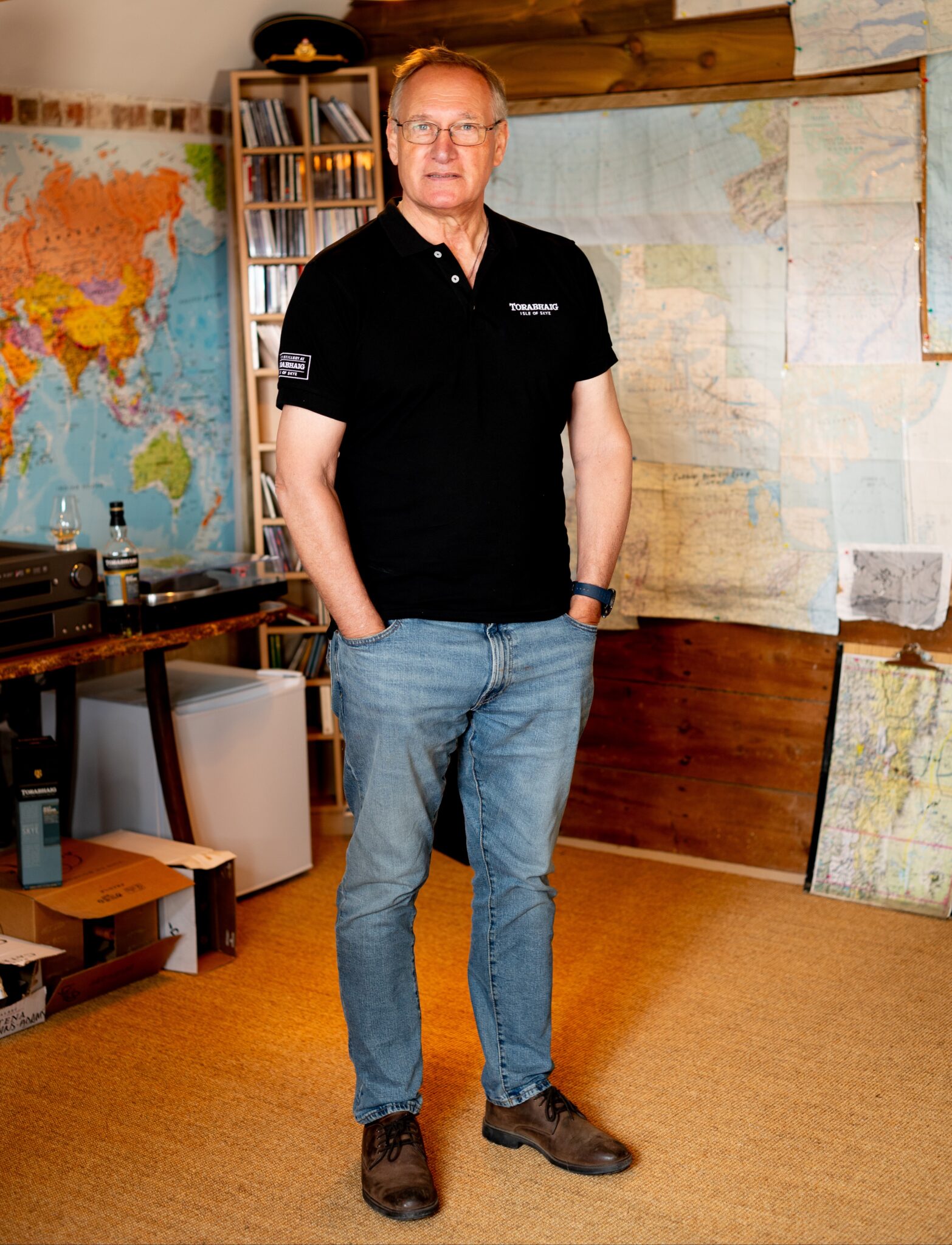
Sitara Maruf: Dr. Paulsen owns Torabhaig Malt Whisky, and Torabhaig is sponsoring this flight?
Bert Padelt: Yes, without our sponsor this flight would not have been possible. That’s how this whole thing came together.
Sitara Maruf: How long was the preparation process for getting this whole thing together and how many individuals worked on the project?
Bert Padelt: So, this project has basically been my life over the last year. My wife Joanie, my daughter-in-law Mel Padelt, team member Jim Duncan, and I have been building this balloon since February of this year. My wife Joanie, who is also a balloon pilot, worked side by side with me in the shop, and we have dedicated a hundred percent of our time to this project. But as far as the number of people that have helped this past year whenever we’ve needed extra help, probably about 20 people have volunteered to bring this project to where it is right now.
Sitara Maruf: So, are you in Presque Isle, Maine, right now?
No, I’m back at home. Because the equipment is ready to go, and I’ve been involved in so many of these projects like this, and I understand what’s involved. You know, for all of Steve Fossett’s projects, we were always on site waiting for the weather, and usually it’s about a four-week process waiting for the right weather window. I did not want to be in Maine waiting four weeks for the weather because it would drive me crazy. Fortunately, I’m only 12 hours away from Presque Isle. So, I’m able to be in my shop and I’m doing other things while we’re waiting for the weather, and that just makes it so much nicer for me.
Sitara Maruf: Finally, why do you have so much passion for ballooning?
Bert Padelt: The passion I have for ballooning goes all the way back to when I was three years old. My first memories that I have was when I was very young, my grandmother would blow up a toy balloon and hand it to me and put me in a chair to calm me down. And so the memory I have is holding that balloon and dreaming of traveling with it wherever the wind would go. That passion and love for flight and for silent flight never left. And I’ve been fortunate to be able to make a living with that passion. And this flight that we’re doing has been a dream of mine since I was 13 years old.
Sitara Maruf: Thank you for sharing all the information and for all your contributions to ballooning. We wish you and your companions a safe, successful, and enjoyable flight.
Interview dates: 12th and 22nd September 2023
Please look for updates and track this adventure at the links below.
Updates: https://torabhaig-atlantic-explorer.com/TORABHAIG-DIARY
Track Flight: https://torabhaig-atlantic-explorer.com/
Related articles: Balloonists Aim to Cross the Atlantic in a Hydrogen Balloon
Aeronaut in the Spotlight: Soaring with Bert Padelt
Coming up this week: An interview with Sir David Hempleman-Adams!


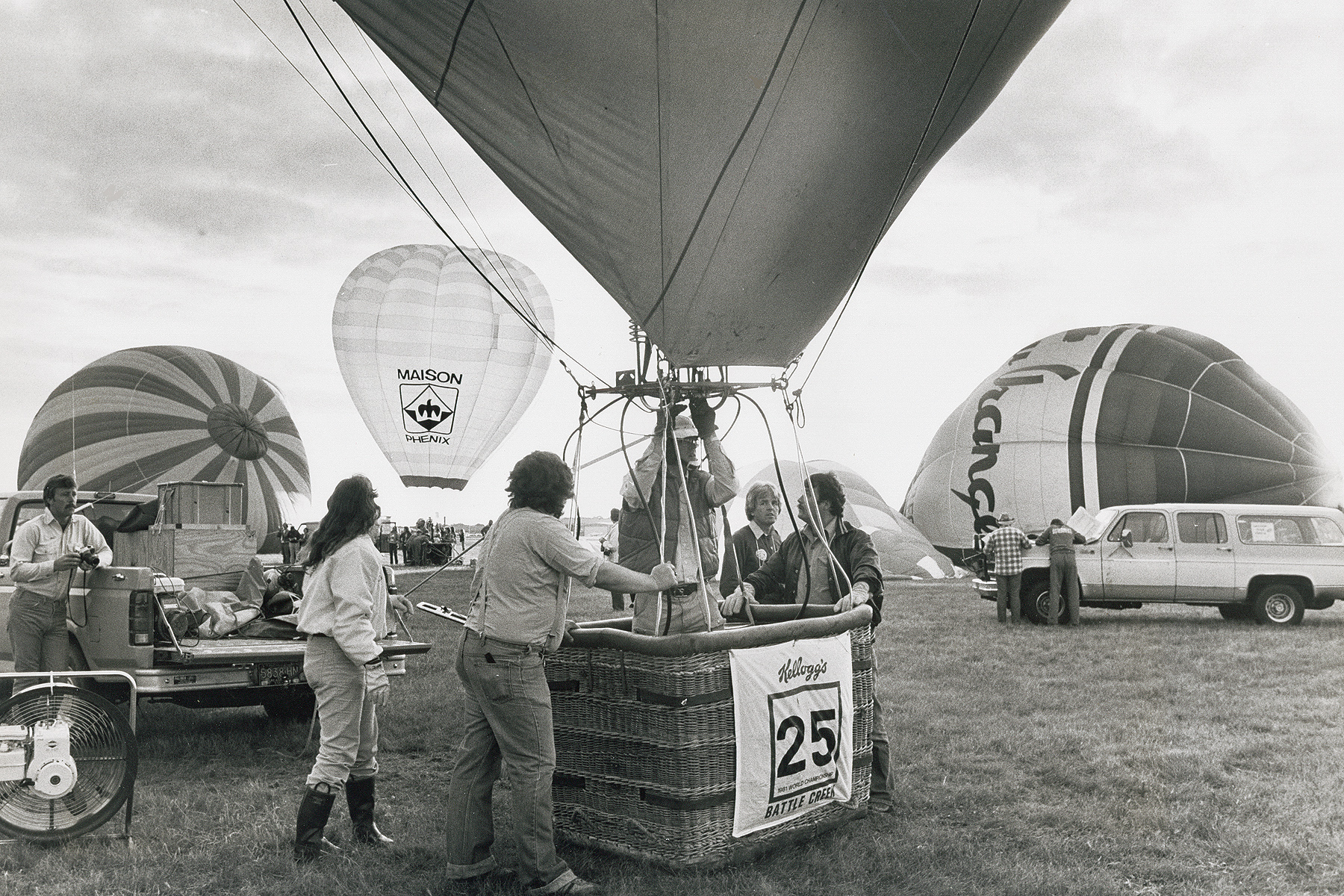
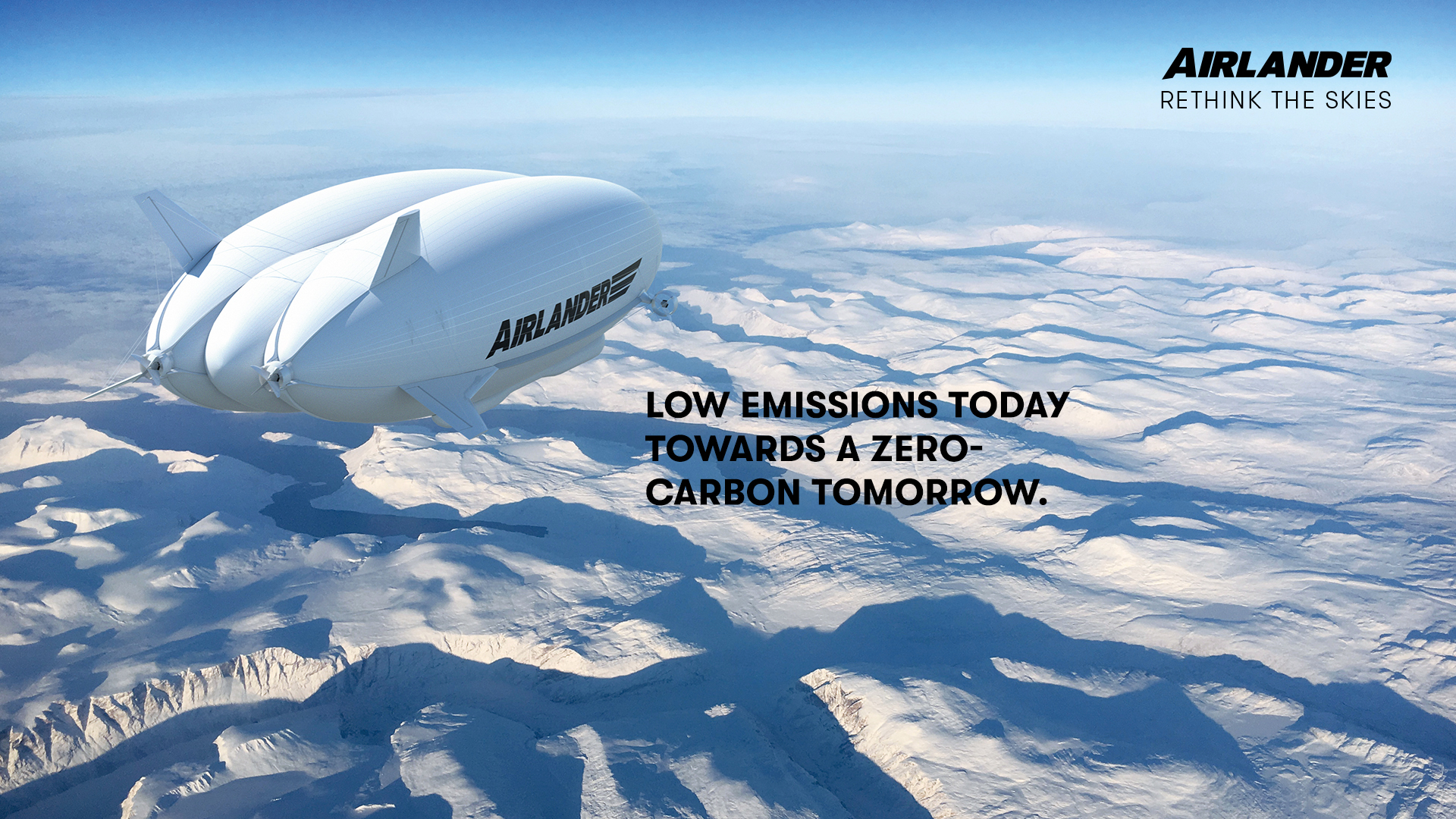

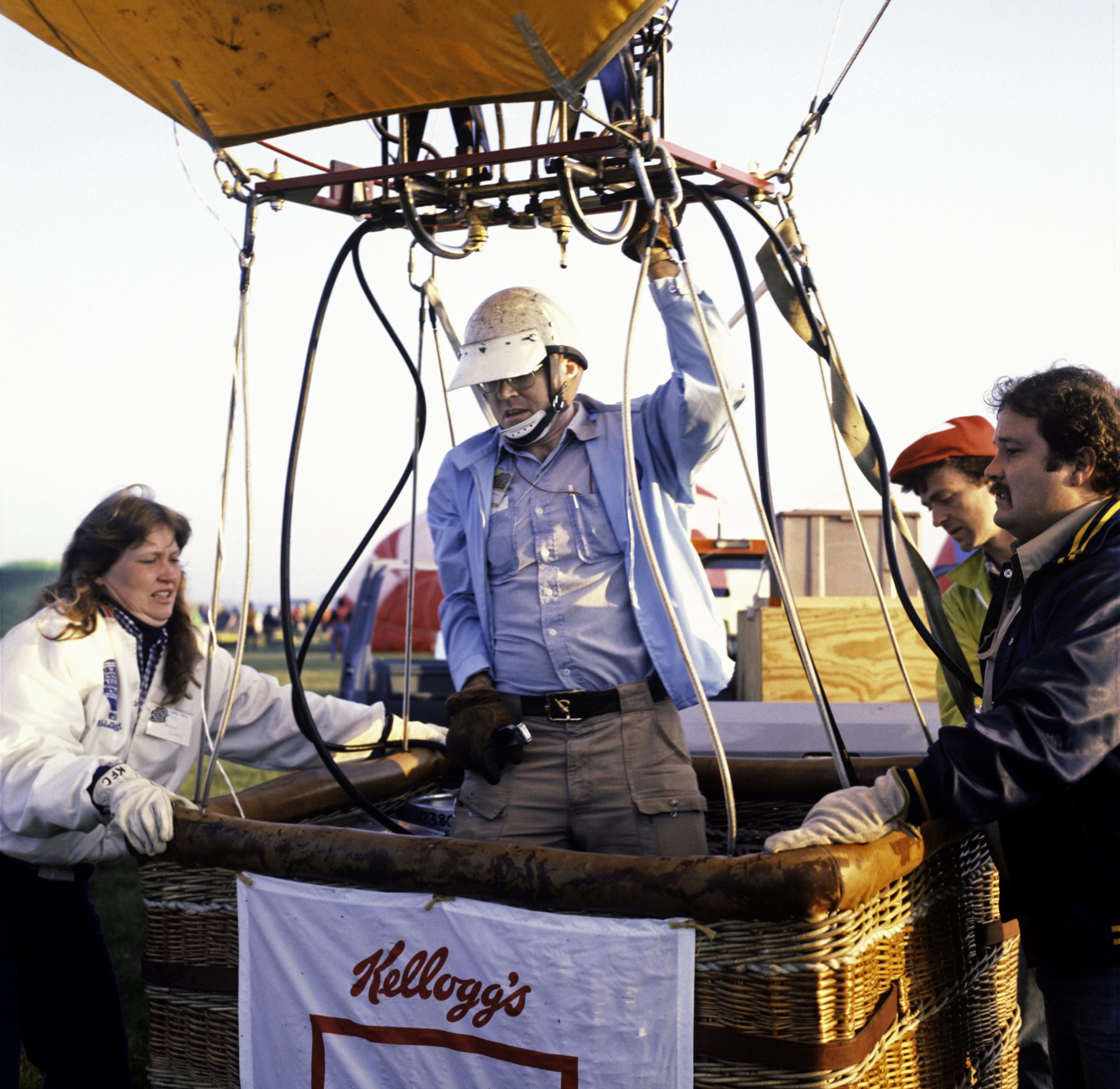
2 Responses
I will be flying with you vicariously all the way! I see nothing but a very carefully designed success!
Wishing you and your team a safe, smooth and successful flight. You know I am “with” you every inch of the way!